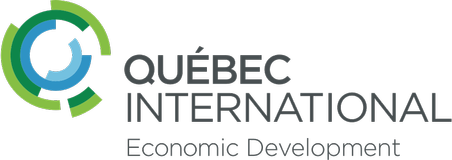Investment summary
Investment is a motor of economic growth. Beyond the dollars invested, it is interesting to measure how intently businesses and governments maintain, increase or review their production capacities. In this section, investment is analyzed from different angles and divided into two main aspects: non-residential and residential. Furthermore, it is important to understand that due to data availability the term “investment” is used exclusively in regards to expenditures made on tangible assets, which exclude permanent financial investment.
Non-Residential Investment
In 2018, the Institut de la statistique du Québec (ISQ, Quebec’s statistics institute) estimated non-residential capital expenditures at $3.5B, a third annual increase, up 3.1% from 2017. This moderate growth, compared to other cities in the province, follows two years during which the area had been a leader in Quebec.
Residential Investment
In 2018, Statistics Canada estimated that the residential sector had generated investments of $2.2B, a 10.6% increase compared to the previous year. This is a record high in the area since 2015, when the data series was initiated,4 and one of the most significant increases in Eastern Canada behind Montréal. Like in the rest of Canada, the annual increase of investments for the construction of multi-family homes (+26.9%) compensated the drop in single-family homes (-8.0%).
Purchasing Power and Consumption Summary
In 2018 the average annual salary in the Québec City CMA grew to just under $45,000, a moderate increase of 2.6%. This increase was mostly due to the contributions by the vast majority of the occupational sectors. This growth exceeded inflation, resulting in the consumer price index (CPI) growing overall by 1.5%. Although this was the highest of five consecutive years of growth in the CMA, it is still only moderate growth, and remains below both the provincial and national average. Consequently, the purchasing power of Québec City residents actually increased, and the CMA continues to distinguish itself in the province with the highest personal disposable income (PDI), at $32,541. As for consumption, a crucial economic indicator of growth, the total value of retail sales reached $15.7B in 2018. The number of bankruptcies declined for both individuals (1,973 cases) and businesses (177 cases), decreasing by 7% and 8.3% respectively as compared to 2017.



